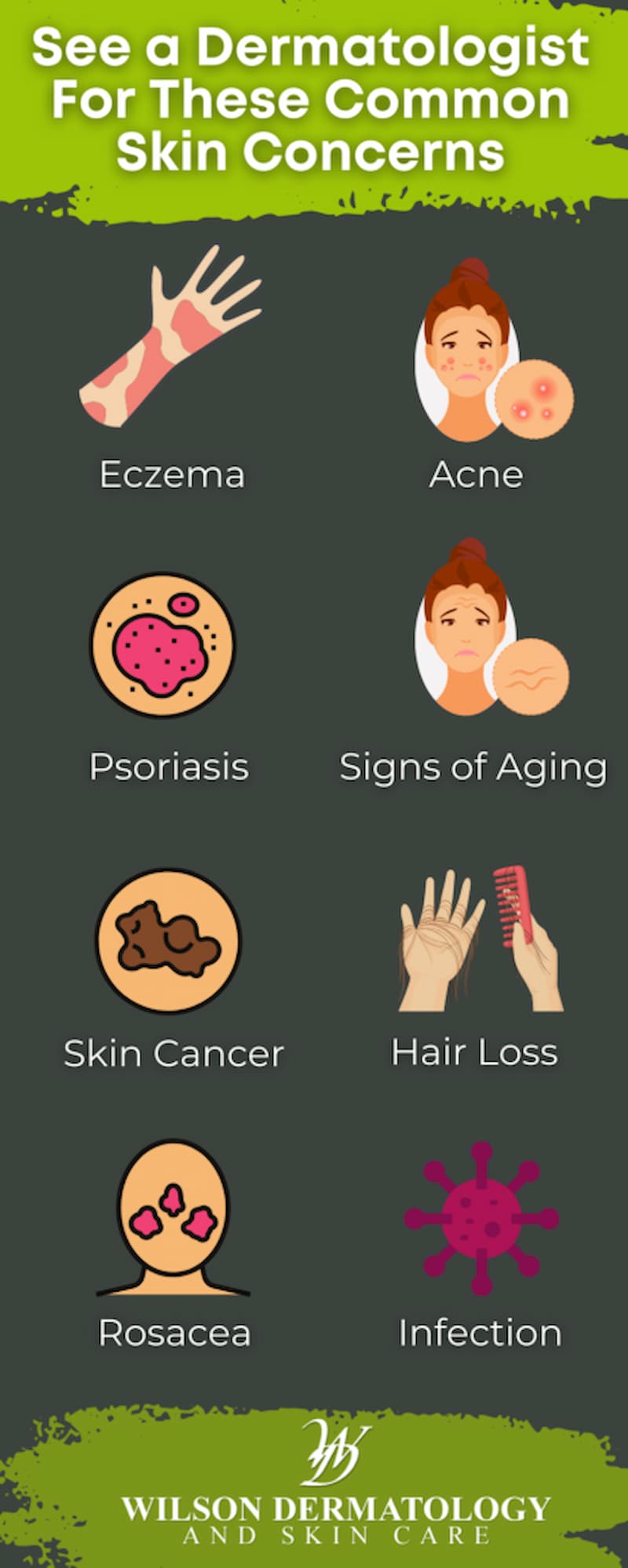Browsing Skin Cancer Therapy: The Essential Duty of Mohs in Modern Dermatology Practices
Skin cancer cells, a challenging diagnosis, usually leaves people grappling with many treatment options. Among these, Mohs surgery stands as a beacon in modern-day dermatology, renowned for its precise approach to cancer removal and preservation of surrounding healthy and balanced tissue. This cutting-edge method promises not just superior cosmetic end results however likewise supplies immediate results, alleviating patient stress and anxiety. As we check out the details of this treatment, one will certainly appreciate its crucial duty in skin cancer cells treatment.
Understanding Skin Cancer: Kinds and Dangers
Skin cancer cells, a possibly serious condition, is even more common than many individuals realize. This illness, triggered by the unchecked growth of uncommon skin cells, primarily arises from DNA damage as a result of exposure to the sunlight and ultraviolet (UV) light. There are three primary sorts of skin cancer cells: Basal cell cancer, Squamous cell carcinoma, and Melanoma. While the former two are much less dangerous and compose the majority of identified situations, cancer malignancy is one of the most dangerous. It accounts for only regarding 1% of skin cancer cells instances however triggers the large majority of skin cancer cells fatalities - skin cancer. Danger aspects consist of reasonable skin, background of sunburn, excessive sun exposure, living at high elevations or near to the equator, having numerous moles, a household background of skin cancer cells, and compromised immune system.
What Is Mohs Surgical treatment and How It's Changing Skin Cancer Treatment
Regardless of the various treatments currently offered for skin cancer, Mohs surgical procedure stands out as a groundbreaking and very efficient solution. Named after Frederic E. Mohs, the doctor that developed the treatment, Mohs surgical procedure is an exact medical strategy used to deal with skin cancer. During the procedure, slim layers of cancer-containing skin are considerably gotten rid of and analyzed till just cancer-free cells remains. This technique enables the cosmetic surgeon to validate that all cancer cells have been eliminated at the time of surgical treatment. This level of precision, incorporated with the ability to save as much healthy cells as possible, is reinventing skin cancer therapy. Consequently, Mohs surgical procedure has actually become a keystone of modern-day dermatology practices.
The Benefits of Mohs Surgery Over Conventional Skin Cancer Cells Therapies
Building internet on the ingenious nature of Mohs surgery, it's important to consider its various benefits over conventional skin cancer therapies. Unlike standard operating procedures, Mohs uses a greater treatment rate, typically getting to 99% for novice treatments and 94% for recurring cancers cells. This precision is because of its special method of gradually eliminating and taking a look at cells layers up until only cancer-free cells remain (dermatologist). Furthermore, it reduces damage to healthy and balanced skin, bring about much less scarring and boosted aesthetic results. Mohs likewise gives immediate results, removing the anxiety-ridden wait usual with other techniques. Lastly, it's affordable, as the surgery and microscopic evaluation happen concurrently, removing the requirement for extra laboratory solutions. Hence, Mohs represents a considerable development in dermatological techniques.
The Treatment of Mohs Surgery: What to Anticipate During the Refine

Potential Side Effects and Post-Operative Care of Mohs Surgical Procedure
Going through Mohs surgery, like any kind of various other operation, includes prospective adverse effects that people need to recognize. Typical adverse effects consist of discomfort, wounding, and swelling at the surgical treatment website. However, these are normally momentary and convenient with over-the-counter pain medicine and ice packs. In unusual cases, patients may experience infection, bleeding, or an allergic response to the local anesthetic. Post-operative care is vital to recovery and reducing adverse effects. This usually entails maintaining the injury tidy and completely dry, taking prescribed medicines, and avoiding arduous activities. Individuals must likewise participate in all follow-up appointments for injury treatment and surveillance. Sometimes, extra therapies might be required to guarantee total removal of the malignant cells. Abiding by these post-operative care guidelines can significantly improve recuperation and results.
Verdict
